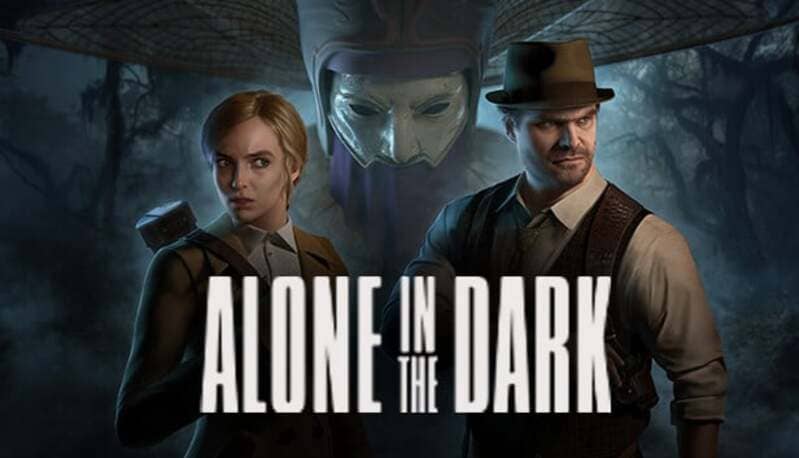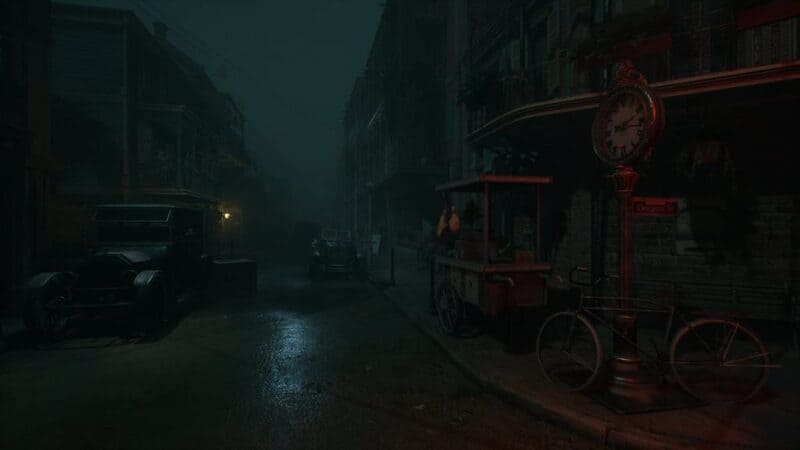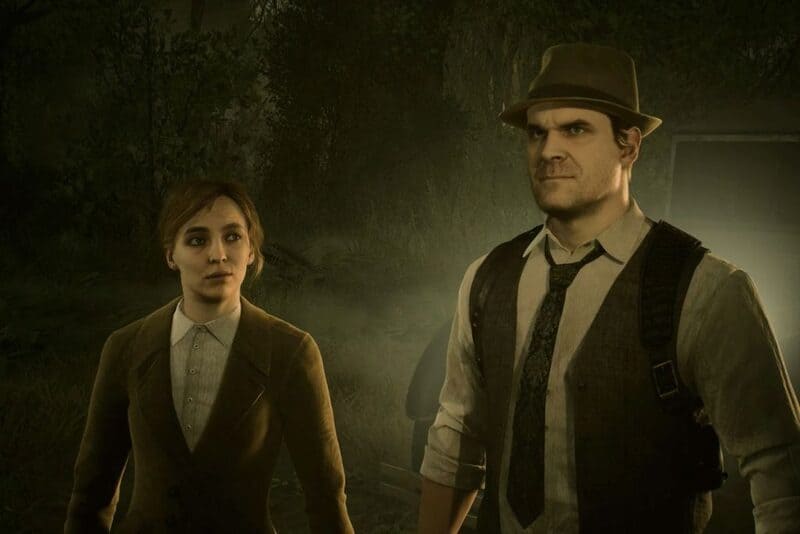When the original Alone in the Dark launched in 1992, it received critical acclaim and was considered the first 3D survival horror video game. It also helped influence another famous survival horror franchise known as Resident Evil. Shinji Mikami admitted in an interview in 2014 that Alone in the Dark influenced the camera system that he used for Resident Evil.
Unfortunately, the franchise took a bad turn in 2008 when a reboot was released to less than stellar reviews, and in 2015 Alone in the Dark: Illumination was released to even worse reviews. THQ Nordic bought the rights to the franchise in 2018 and released a remake in March of 2024. Does the Alone in the Dark Remake match the original in terms of quality or is it similar to the later games?
Setting & Gameplay
Set in the Louisiana Bayou during 1930, we see the two playable characters, Edward Carnby and Emily Hartwood, travel to Dorcetto, a former mansion that has been converted into an asylum. While we don’t get to explore the bayou properly, the bits we do see and get to interact with show a good attention to detail and the creepy atmosphere the game is trying to give off.
It’s in Dorcetto that we get our first taste of gameplay as the player selects a character who has to enter the asylum and let the other character in. As either Edward or Emily, we explore a small part of the mansion and pick up clues that help add further context to the game’s narrative. If you’ve ever played games like Sherlock Holmes Chapter One or The Sinking City, you’ll know what I’m talking about.
It’s here where we’re introduced to the creepy nature of Dolcetto as a player explores the basement and some of the first and second floors of the psychiatric asylum. Not all of the mansion can be explored, though, and players can unlock more rooms as they play through the game. The exploration parts of the game have a big point-and-click/adventure game feel, which I’ve always been a fan of and is what began sucking me into the game.
Sound Design & Soundtrack
The sound design of the Alone in the Dark Remake is fantastic and I found myself on more than one occasion jumping or having a chill go up my spine whenever I heard a noise I wasn’t expecting. The enemies also make some pretty creepy sounds as well. The sounds the different weapons make also sound pretty realistic. Overall, the sound design is a critical success in the game and enhances the survival horror aspect of it.
The acting in the game is also really good with David Harbour voicing Edward Carnby and Jodie Comer voicing Emily Hartford. Both actors do really well in bringing their characters to life with Edward being a hardboiled private investigator and Emily being a serious character that’s worried about her uncle Jeremy. The game also features veteran voice actors such as Yuri Lowenthal and Paul Mercier who also play their parts really well.
The soundtrack is another highlight of the remake being a mix of jazz infused with haunting and mysterious elements to it. I wasn’t sure what to expect when I started playing the game, but the soundtrack fits the game perfectly, and I’d love to see Jason Kohnen and Arni Bergur Zoega each win an award for their work on the remake.
Combat Left Me In The Dark
All good things must come to an end, and unfortunately, so do the positives in this review. While I’d love to say the combat in the Alone in the Dark Remake is good, the sad truth is that it’s pretty mediocre. While there’s a variety of different monsters Emily/Edward will face off against in their respective playthroughs, most don’t feel all that impactful and are more annoying than anything.
Emily’s playthrough sees her dealing with a stalker-type enemy late in the game, similar to Mr. X from Resident Evil , which felt like the developers were chasing a trend. The only encounter I enjoyed was one where I couldn’t fight back at all and instead had to avoid the big bad of the game. Considering the game’s Lovecraftian themes, that “boss fight” felt the most fitting in the entire game.
Edward/Emily both start with a pistol and eventually find a shotgun and then near the end of the game a tommy gun. They can also acquire melee weapons too such as axes, shovels, pickaxes, etc which all annoyingly break after a certain amount of uses similar to the more recent Zelda games.
What really struck me about the combat sections was how irritated I was playing them because it felt like they were just there, not because the developers wanted them there but because it felt like they had to be there. The original Alone in the Dark had combat, so it almost felt like a paint-by-numbers approach for the remake to have combat, too, when I honestly believe it didn’t need combat. Each time I was forced into a combat section, I was hoping it’d end soon because I wanted to get back to exploring, puzzle-solving, and collecting clues.
Verdict
Ultimately, as much as I would love to say the Alone in the Dark Remake is like a great three-course meal, it’s more like the first two courses were great, with a very lackluster dessert at the end. Had the developers made it a point-and-click/adventure game and not a survival horror game similar to Resident Evil or Alan Wake II, I’d have enjoyed it far more than I actually did.
Make no mistake though, 70% of it is still an enjoyable game and it’s far better than Alone in the Dark: Illumination and the Alone in the Dark Reboot from 2008. As much as I would love to give it a 10/10, I have to give it a 7 out of 10.
If you’re interested in the Alone in the Dark Remake, you can get it on Steam and from Green Man Gaming.
About the Author
Shawn Simpson is a writer that loves TTRPGs, Wargaming, Star Wars, Cats, Fantasy, Reading, and many more geeky/nerdy things. When Shawn isn’t playing games he can be either be found curled up with a cozy fantasy or a Star Wars book, or doing some writing. Shawn’s other work can be found here.
For More Great Content
Check out Total Apex Sports for awesome sports content, follow us on X @TotalApexEandG, as well as Total Apex Entertainment, Total Apex Gaming, Total Apex Sports Bets, and Total Apex Fantasy Sports.




